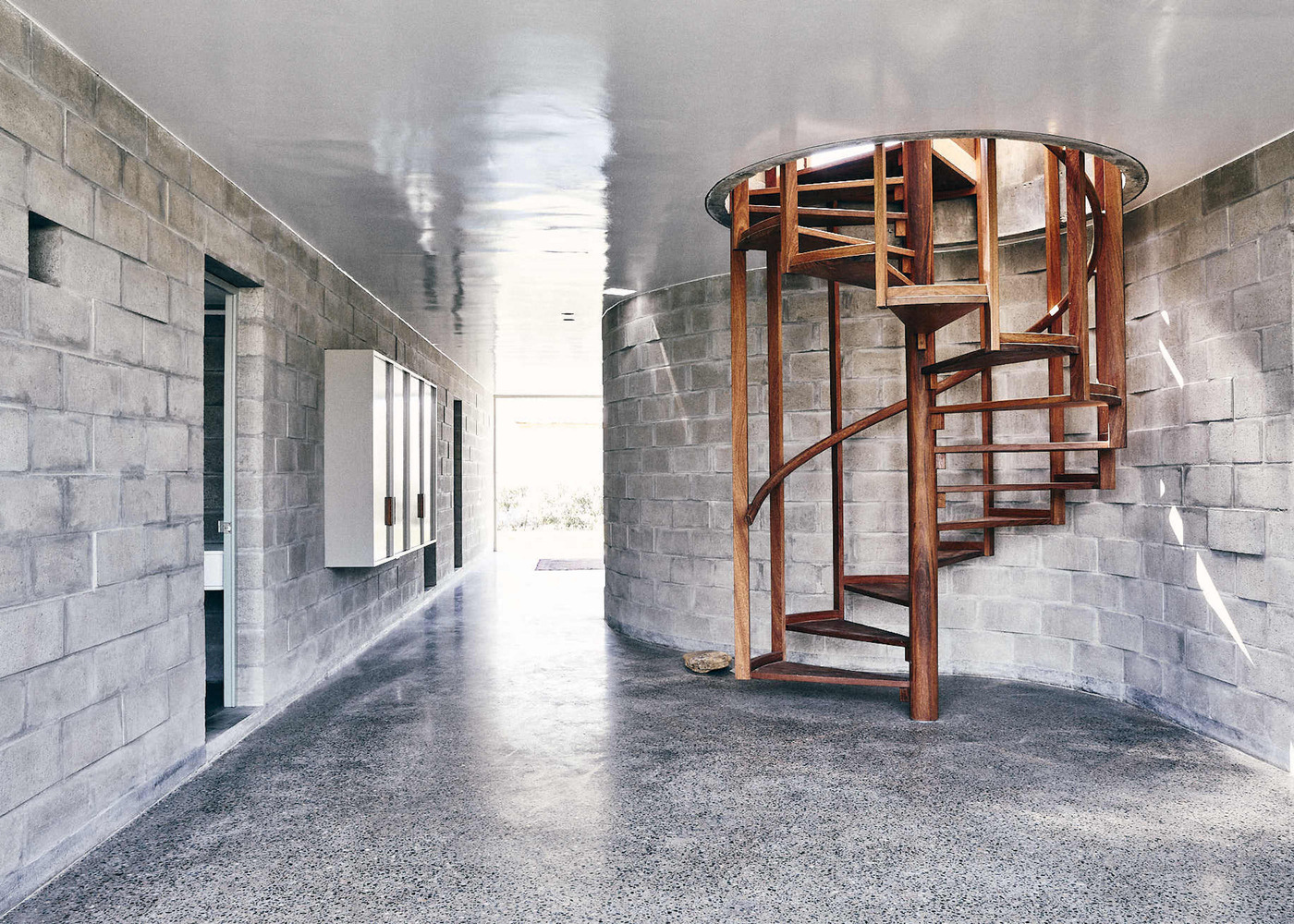Houses in Peru: 5 Projects That Use Cement Blocks in Their Construction
Beyond being a prefabricated material currently produced in large quantities, the use of concrete blocks in architecture continues to evolve to meet the demands and needs of contemporary societies that are constantly changing. Whether in interior or exterior spaces, their use can align with concepts of circular economy, resource efficiency, sustainability, and more, with the goal of creating habitable spaces while also understanding their constructive advantages and disadvantages, their expressive and aesthetic qualities, and so on.
Covering an area of more than a million square kilometers, the territory of Peru extends over the intertropical zone of South America, between the Equator and the Tropic of Capricorn. Thanks to its diverse geographical conditions, it features a wide variety of landscapes and natural resources, leading numerous homes across the country to seek a dialogue with their natural surroundings. Considering the climate, the orientation and ventilation of spaces, the topography of the environment, the views, and other factors, materials such as cement blocks can be used as enclosures or even take on a structural function. For example, in Textile House by Ghezzi Novak, concrete blocks represent the material expression of the house. As the authors state, “They are fibers woven to create a fabric that internally resolves technical and structural engineering to exploit its spatial and tactile qualities.”


 Picture: Iván Salinero
Picture: Iván Salinero
Comments :